Home>Gardening & Outdoor>Landscaping Ideas>What Is The Thick-Bladed Grass In My Lawn
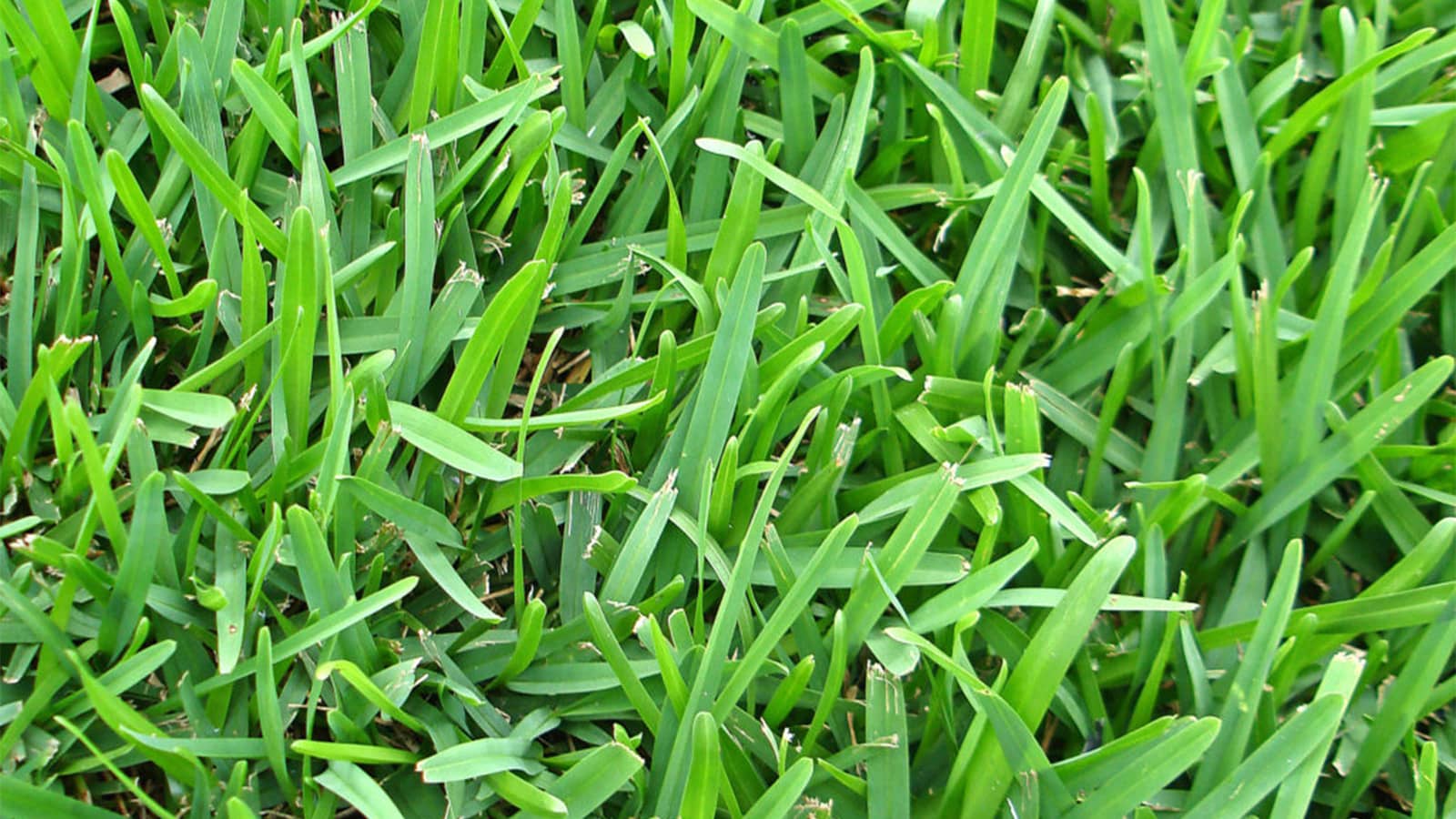

Landscaping Ideas
What Is The Thick-Bladed Grass In My Lawn
Modified: February 18, 2024
Discover effective landscaping ideas to handle the thick-bladed grass in your lawn. Learn how to maintain a lush, healthy lawn with our expert tips and techniques.
(Many of the links in this article redirect to a specific reviewed product. Your purchase of these products through affiliate links helps to generate commission for Storables.com, at no extra cost. Learn more)
**
Introduction
**
If you've ever gazed upon your lawn and noticed a type of grass with wider blades standing out from the rest, you may be wondering what it is and how to manage it. Thick-bladed grass, also known as broadleaf grass, can add a unique texture and visual interest to your lawn. However, it may require different care compared to finer-bladed grasses. In this article, we'll delve into the characteristics of thick-bladed grass, explore common types found in lawns, and discuss effective strategies for managing this distinctive grass to maintain a lush and healthy lawn. Whether you're a seasoned gardener or a novice enthusiast, understanding and addressing thick-bladed grass can contribute to a vibrant and well-maintained outdoor space.
Key Takeaways:
- Thick-bladed grass, like Zoysia and Fescue, adds unique texture and resilience to lawns. Understanding its characteristics and tailored care practices can create a vibrant and visually captivating landscape.
- Managing thick-bladed grass involves regular mowing, adequate watering, and proactive weed control. By nurturing its distinctive qualities, homeowners can create a lush and inviting outdoor environment.
Read more: What Grass Has Thick Blades
Characteristics of Thick-Bladed Grass
Thick-bladed grass, as the name suggests, is characterized by its broad and robust blades, which set it apart from finer-bladed grasses commonly found in lawns. This type of grass tends to have a more noticeable and coarser appearance, often creating a lush and dense coverage. The width of the blades can vary depending on the specific species, but in general, they are wider and sturdier compared to other grass varieties.
One of the defining features of thick-bladed grass is its resilience in various environmental conditions. It is often more tolerant of foot traffic and can withstand moderate wear and tear, making it an ideal choice for areas where recreational activities or frequent use are common. Additionally, thick-bladed grass exhibits a robust growth pattern, allowing it to thrive in diverse climates and soil types.
Another notable characteristic of this type of grass is its ability to provide a distinctive texture to the overall appearance of the lawn. The broader blades create a visual contrast to finer grasses, adding depth and visual interest to the landscape. This unique texture can contribute to a more dynamic and visually appealing lawn, especially when complemented by complementary grass species and landscaping elements.
Furthermore, thick-bladed grass often possesses excellent weed-suppressing qualities due to its dense growth habit, reducing the likelihood of invasive plants taking root and competing for resources. This natural resistance to weed encroachment can contribute to a healthier and more vibrant lawn, requiring less maintenance and intervention.
Understanding the characteristics of thick-bladed grass is essential for effective lawn care and maintenance. By recognizing its unique attributes, homeowners and landscaping enthusiasts can implement tailored strategies to nurture and enhance the presence of this distinctive grass within their outdoor spaces.
**
Common Types of Thick-Bladed Grass in Lawns
**
Several species of thick-bladed grass are commonly found in lawns and landscapes, each with its own distinct characteristics and growth habits. Understanding the common types of thick-bladed grass can provide valuable insights into their care requirements and how to best incorporate them into your lawn. Here are some prevalent varieties:
- Zoysia Grass: Zoysia grass is renowned for its thick, lush blades and exceptional tolerance to heat and drought. It forms a dense, carpet-like coverage and exhibits a vibrant green hue, making it a popular choice for lawns in warmer regions.
- Fescue Grass: Fescue grass varieties, such as tall fescue and fine fescue, are known for their broader blades and robust growth. They thrive in cooler climates and are often utilized for their durability and adaptability to various soil types.
- Bahiagrass: Bahiagrass is characterized by its coarse texture and wide blades, making it well-suited for high-traffic areas and expansive lawns. It boasts excellent heat tolerance and is commonly found in southern regions.
- Centipede Grass: Centipede grass features broad, coarse blades and a low-maintenance growth habit, making it a popular choice for homeowners seeking a visually striking and resilient grass variety. It flourishes in acidic soils and moderate climates.
- Bermuda Grass: Bermuda grass is known for its robust and vigorous growth, with wide blades that contribute to its dense and lush appearance. It thrives in full sun and exhibits exceptional resilience in high-traffic areas.
These are just a few examples of the diverse thick-bladed grasses commonly found in lawns, each offering unique attributes that can enhance the visual appeal and resilience of outdoor spaces. By identifying the specific types of thick-bladed grass present in your lawn, you can tailor your maintenance practices to promote their health and vitality, ultimately contributing to a vibrant and well-manicured landscape.
**
Consider using a selective herbicide specifically designed to target thick-bladed grasses in lawns, such as quinclorac or fenoxaprop. Be sure to follow the product instructions carefully for best results.
How to Manage Thick-Bladed Grass in Your Lawn
**
Effectively managing thick-bladed grass in your lawn involves implementing tailored care practices to promote its health and integration with other grass species. By understanding the unique requirements of these grasses, you can ensure a vibrant and well-maintained lawn that showcases the distinctive beauty of thick-bladed varieties. Here are essential strategies for managing thick-bladed grass:
- Regular Mowing: Adjust your lawn mower to an appropriate height for thick-bladed grass, as these varieties often benefit from slightly higher mowing settings. This helps maintain the robust appearance of the grass and encourages healthy growth.
- Adequate Watering: Provide consistent and deep watering to support the resilience of thick-bladed grass, especially during hot and dry periods. Ensure that the soil receives sufficient moisture without becoming waterlogged, promoting strong root development and overall vitality.
- Fertilization: Utilize fertilizers tailored to the specific needs of thick-bladed grass, providing essential nutrients for sustained growth and color. Select fertilizers with a balanced formulation to support the unique characteristics of these grass varieties.
- Weed Control: Implement proactive weed control measures to prevent invasive species from encroaching on thick-bladed grass. Regularly inspect the lawn for weeds and apply targeted treatments as needed to maintain the integrity of the grass coverage.
- Aeration and Dethatching: Periodically aerate and dethatch the lawn to promote optimal air and nutrient circulation within the soil, benefiting the overall health of thick-bladed grass. This practice helps prevent compaction and enhances the grass’s ability to thrive.
- Integrated Lawn Care: Integrate the care of thick-bladed grass with the overall lawn maintenance plan, considering the unique needs of these varieties alongside finer-bladed grasses. Implement a cohesive approach that addresses the diverse elements of your lawn for comprehensive care.
By incorporating these management strategies, homeowners can nurture the presence of thick-bladed grass in their lawns, fostering an aesthetically pleasing and resilient outdoor environment. Tailoring care practices to the specific characteristics of these grass varieties can contribute to a harmonious and visually captivating landscape that celebrates the diversity of grass species.
**
Conclusion
**
Thick-bladed grass adds a distinctive charm to lawns, enriching outdoor spaces with its robust texture and resilience. Understanding the characteristics and management of these grass varieties is essential for homeowners and landscaping enthusiasts seeking to maintain vibrant and well-maintained lawns. By recognizing the unique attributes of thick-bladed grass and implementing tailored care practices, individuals can cultivate a diverse and visually captivating landscape that celebrates the beauty of different grass species.
From the lush expanses of Zoysia grass to the hardy resilience of Bahiagrass, the presence of thick-bladed grass contributes to the dynamic tapestry of lawns, offering both visual interest and practical benefits. By embracing the diverse nature of these grass varieties and integrating them into comprehensive lawn care routines, homeowners can create outdoor spaces that are as resilient as they are visually appealing.
As you tend to your lawn, consider the unique needs of thick-bladed grass and the ways in which it enhances the overall aesthetic and functionality of your outdoor environment. By nurturing these distinctive grass varieties and embracing their individual characteristics, you can create a landscape that reflects the rich tapestry of nature and provides a welcoming retreat for relaxation and enjoyment.
Ultimately, the management of thick-bladed grass is a harmonious blend of attentive care and appreciation for the diverse textures and qualities it brings to the lawn. By fostering a deeper understanding of these grass varieties and their role in the outdoor landscape, homeowners can cultivate a lush and inviting environment that celebrates the beauty and resilience of thick-bladed grass.
Frequently Asked Questions about What Is The Thick-Bladed Grass In My Lawn
Was this page helpful?
At Storables.com, we guarantee accurate and reliable information. Our content, validated by Expert Board Contributors, is crafted following stringent Editorial Policies. We're committed to providing you with well-researched, expert-backed insights for all your informational needs.
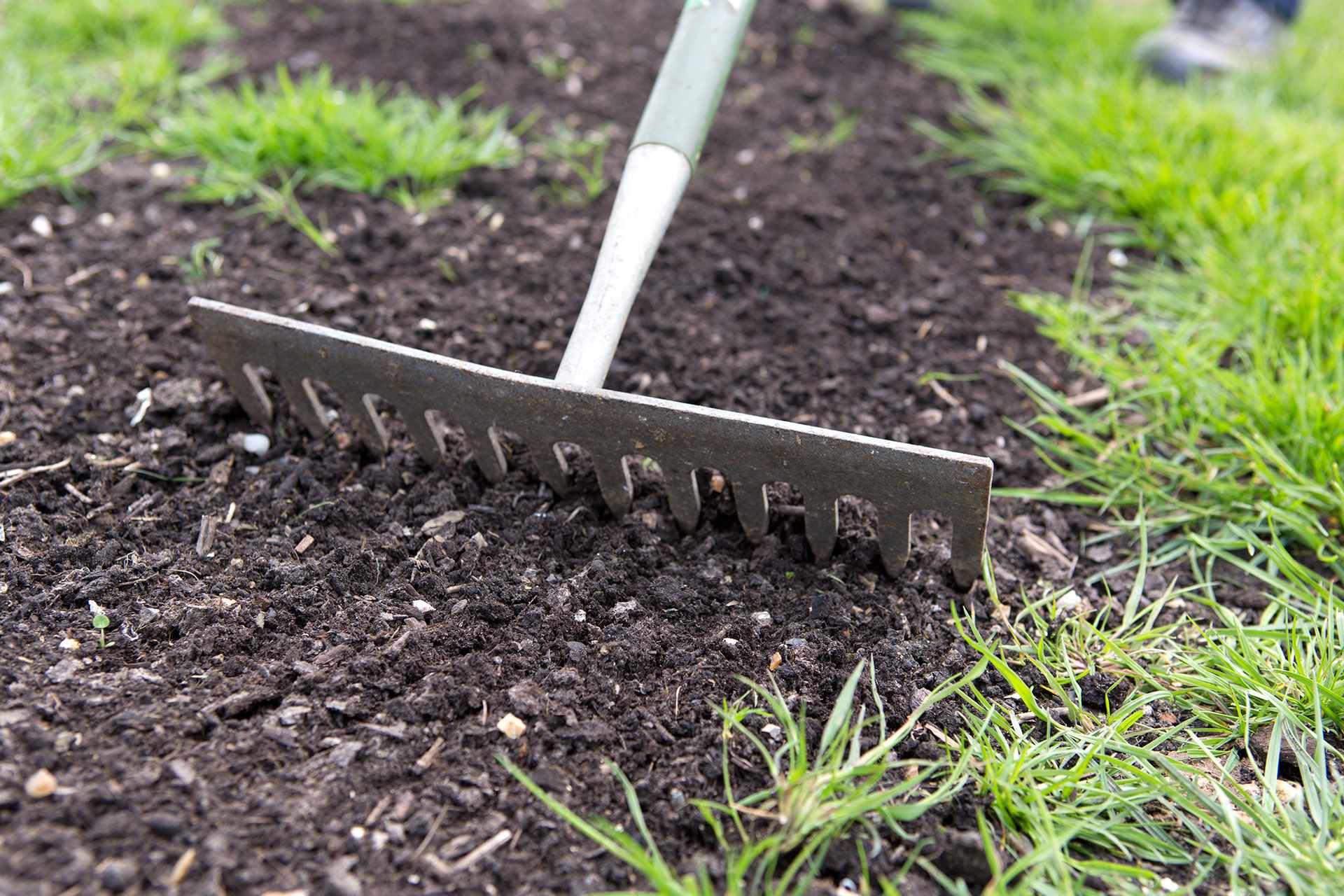
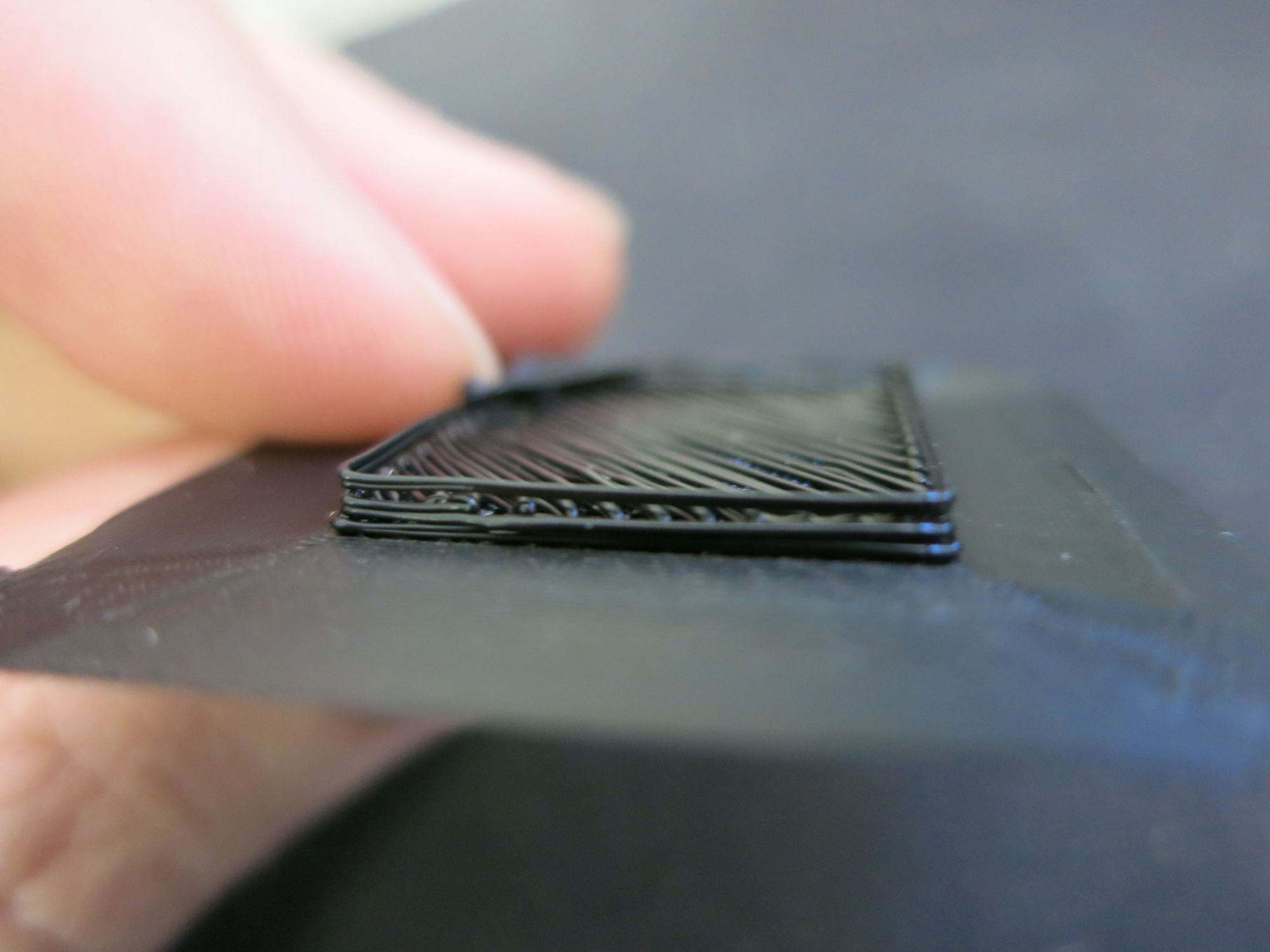
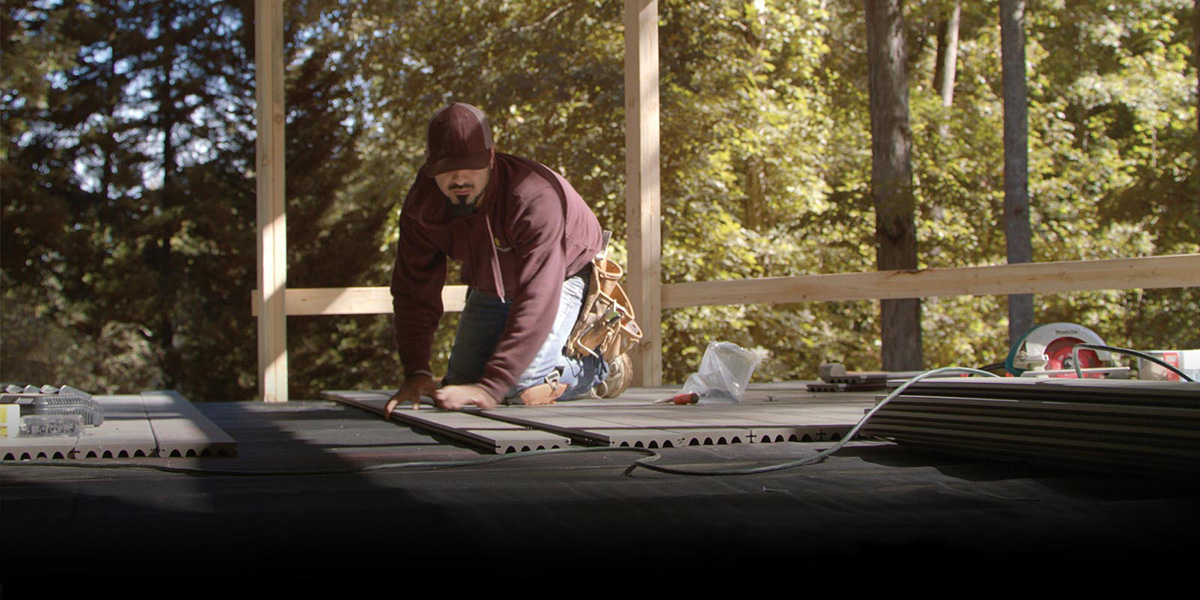

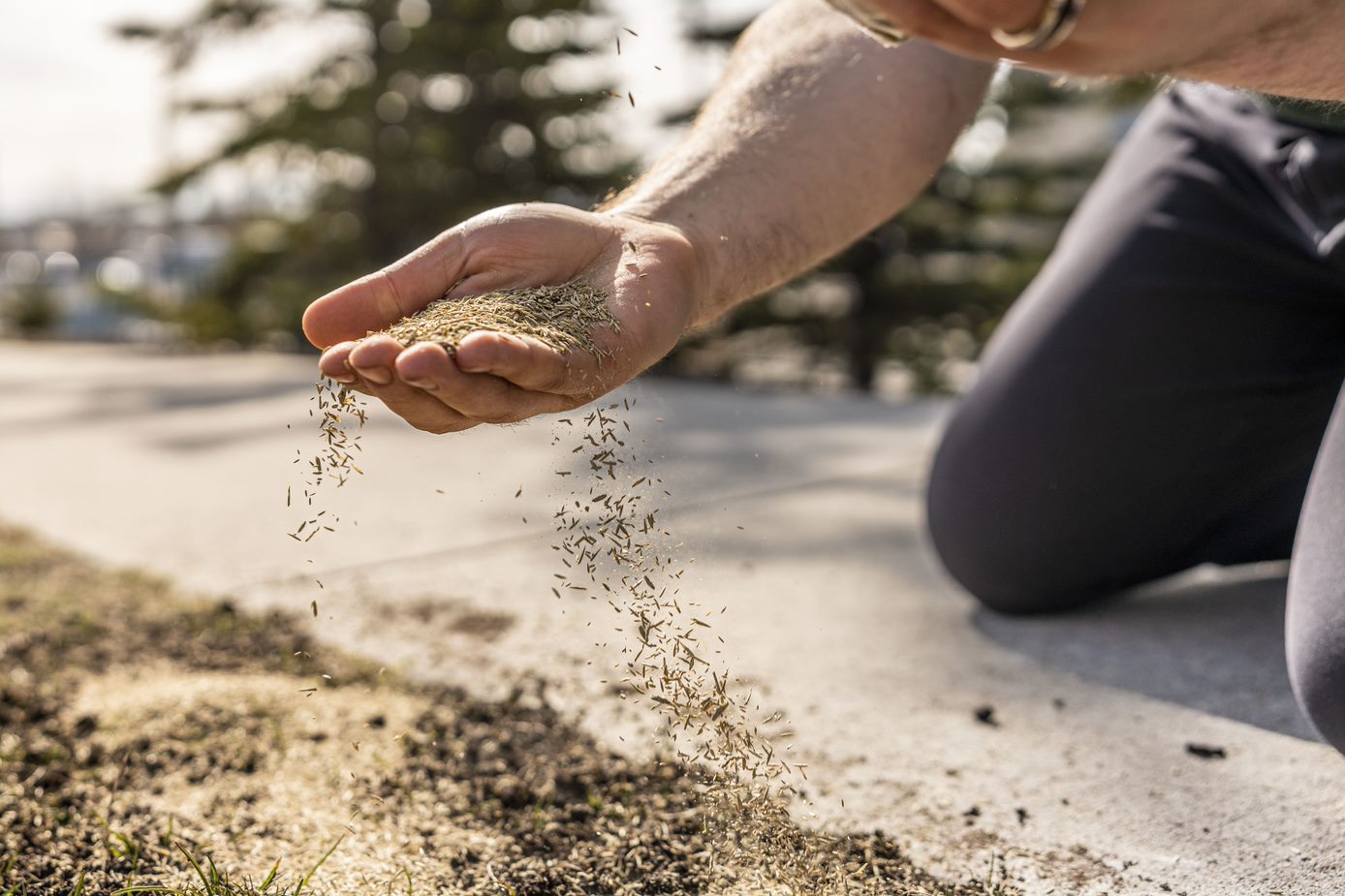

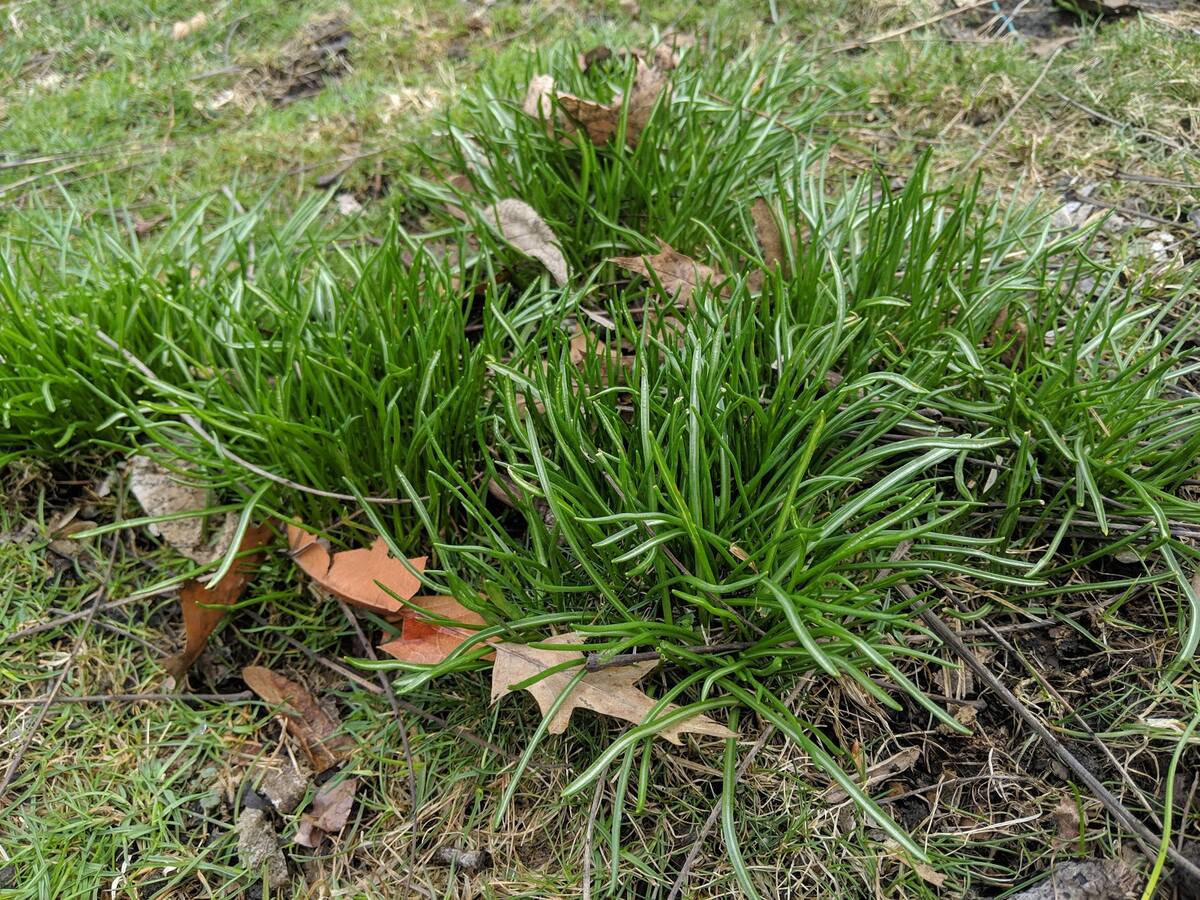
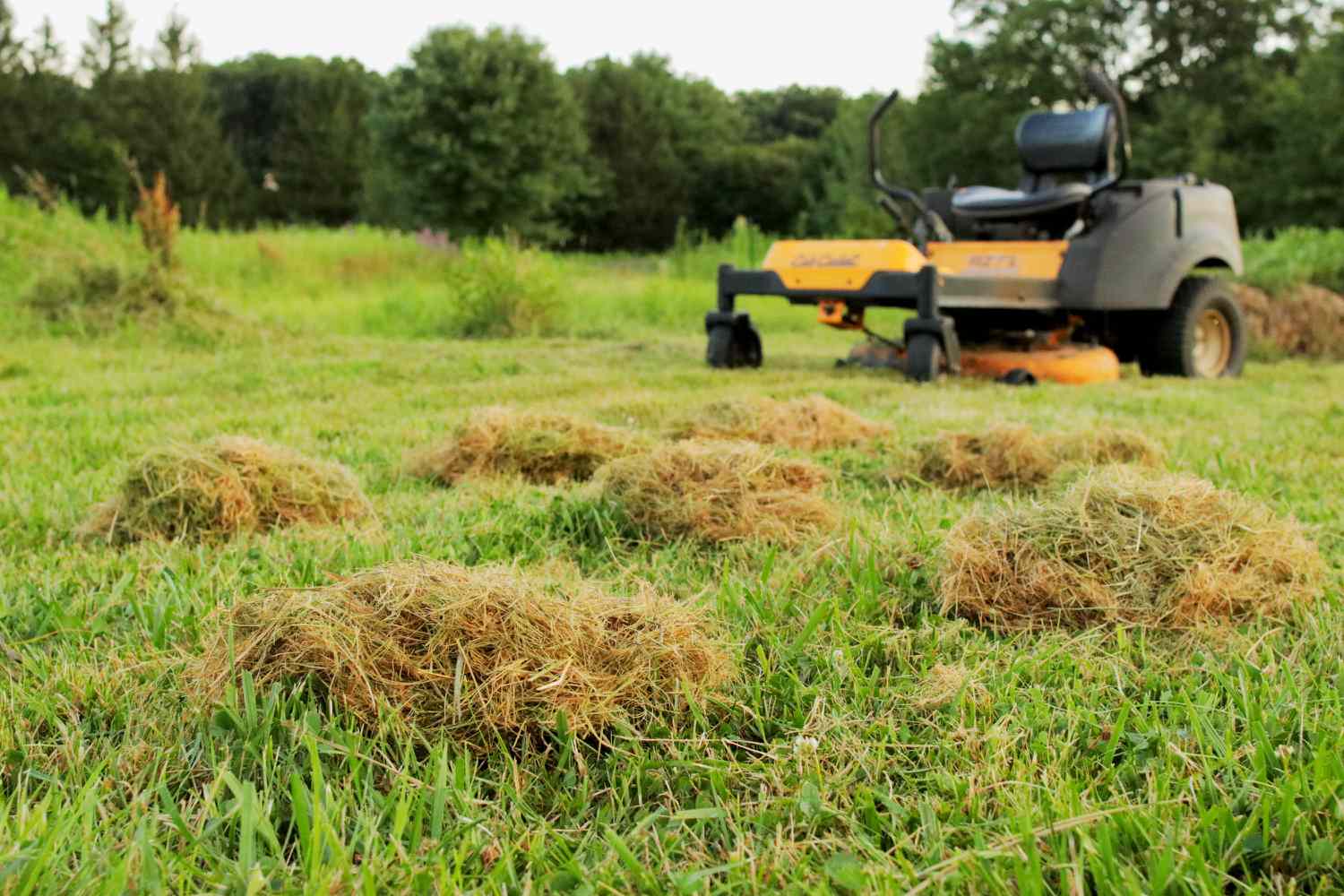
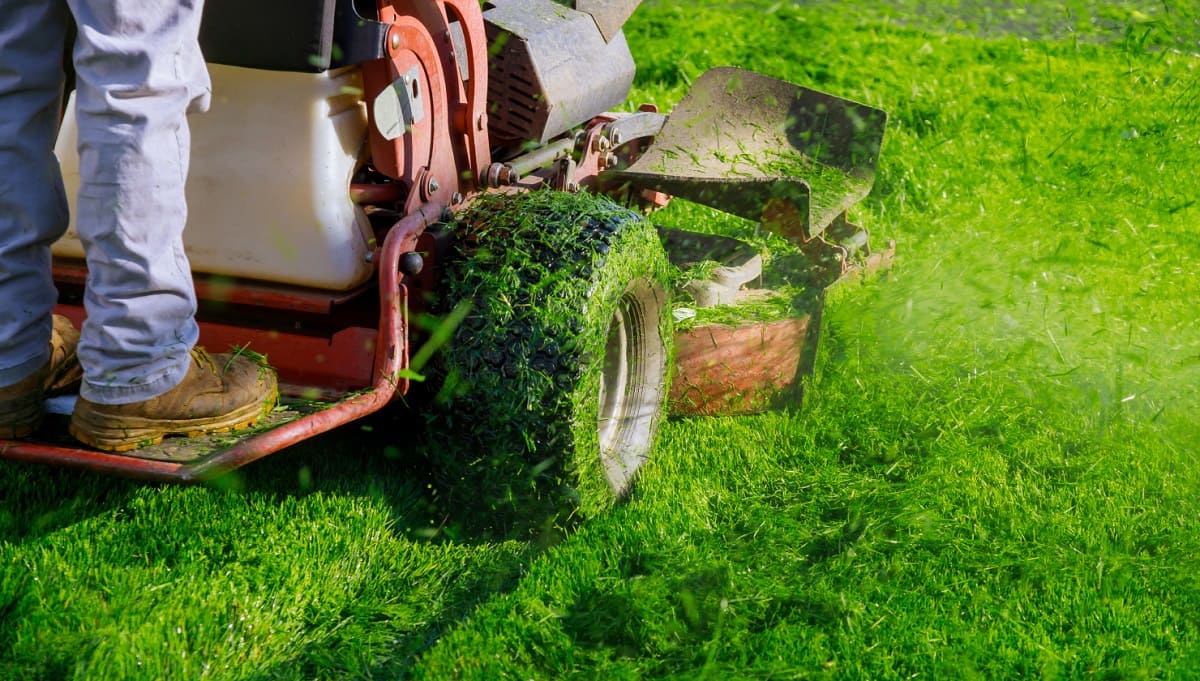

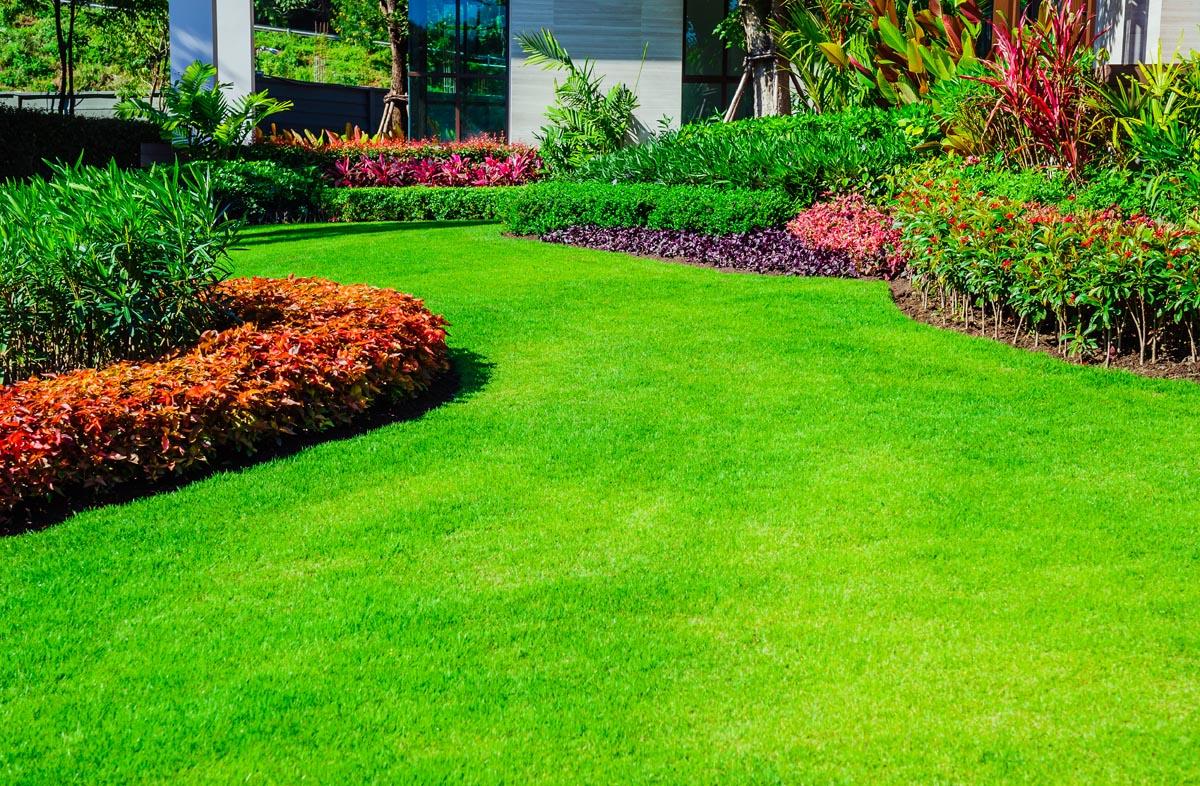
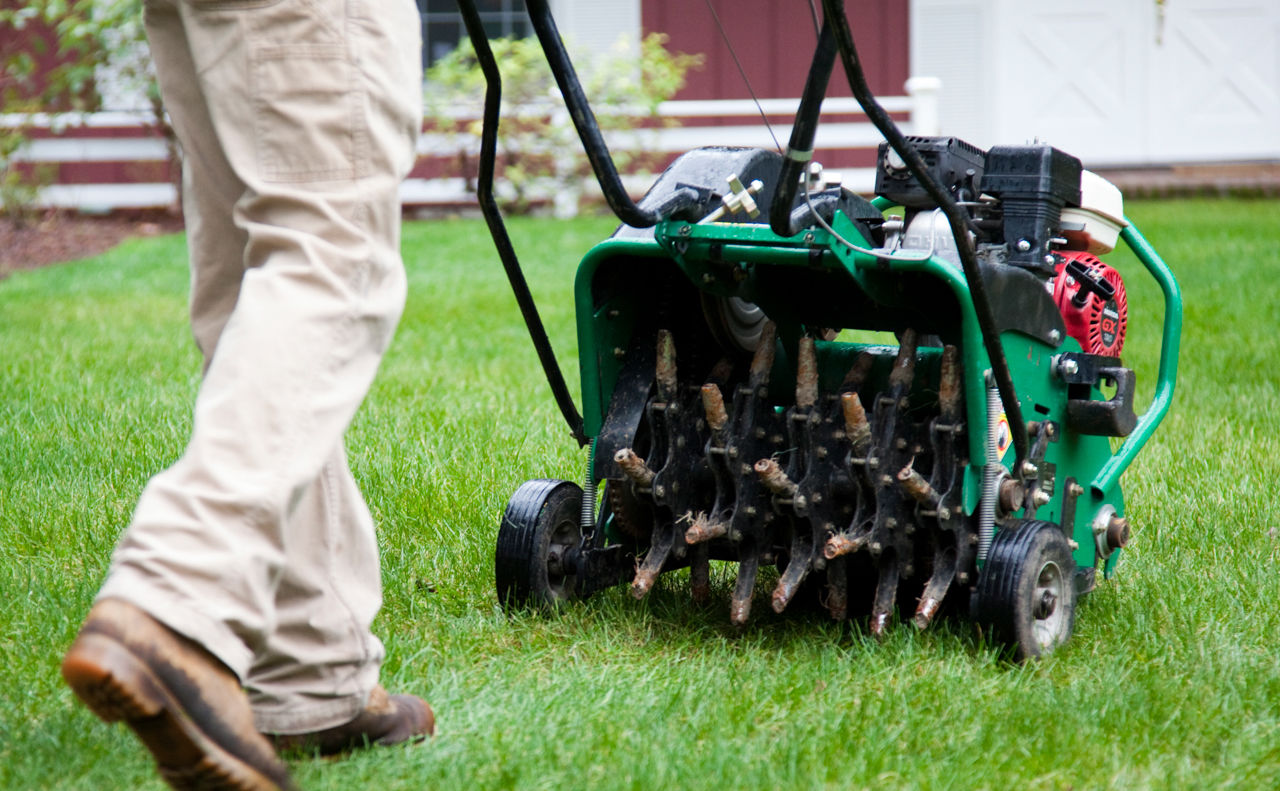
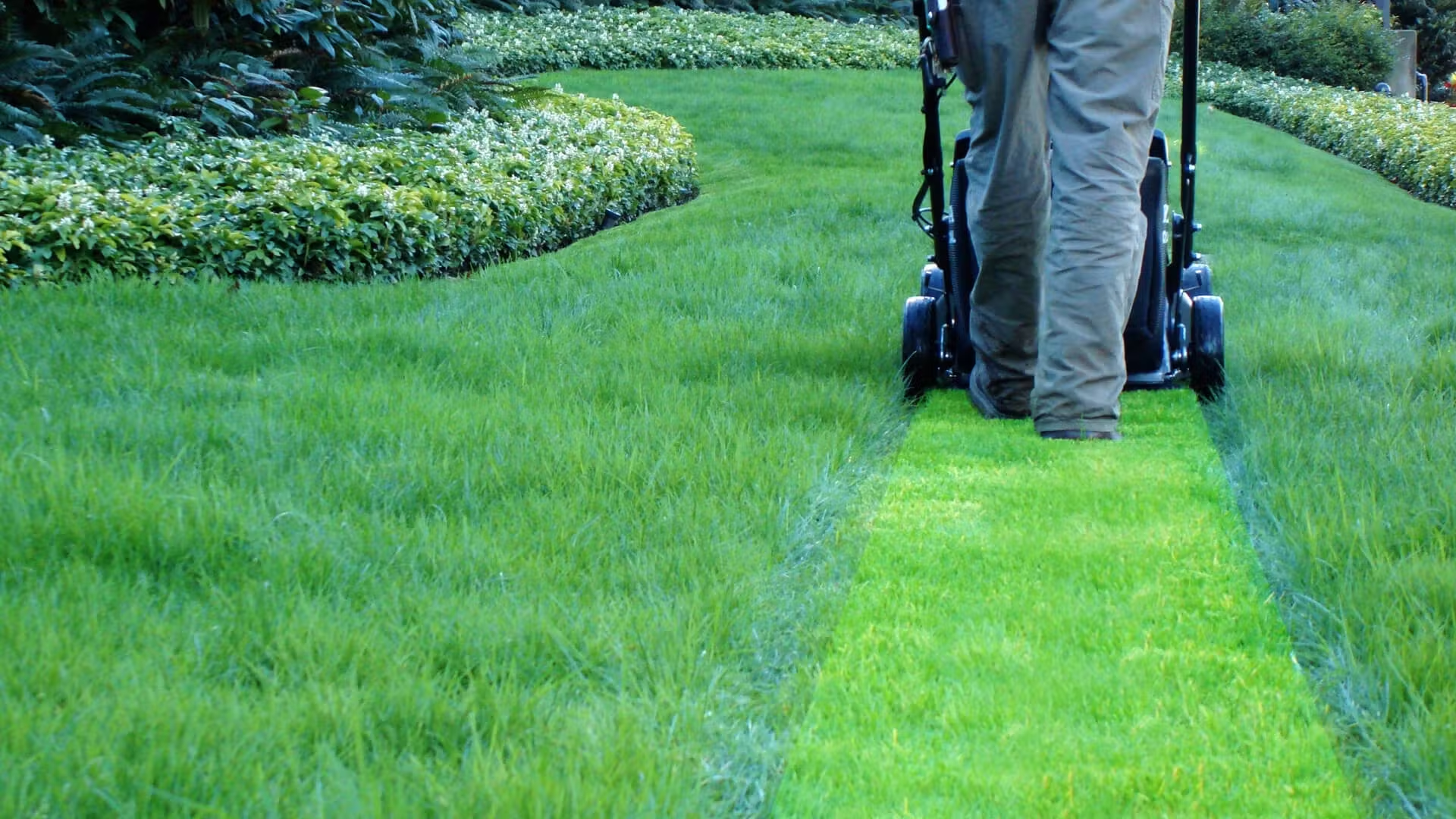
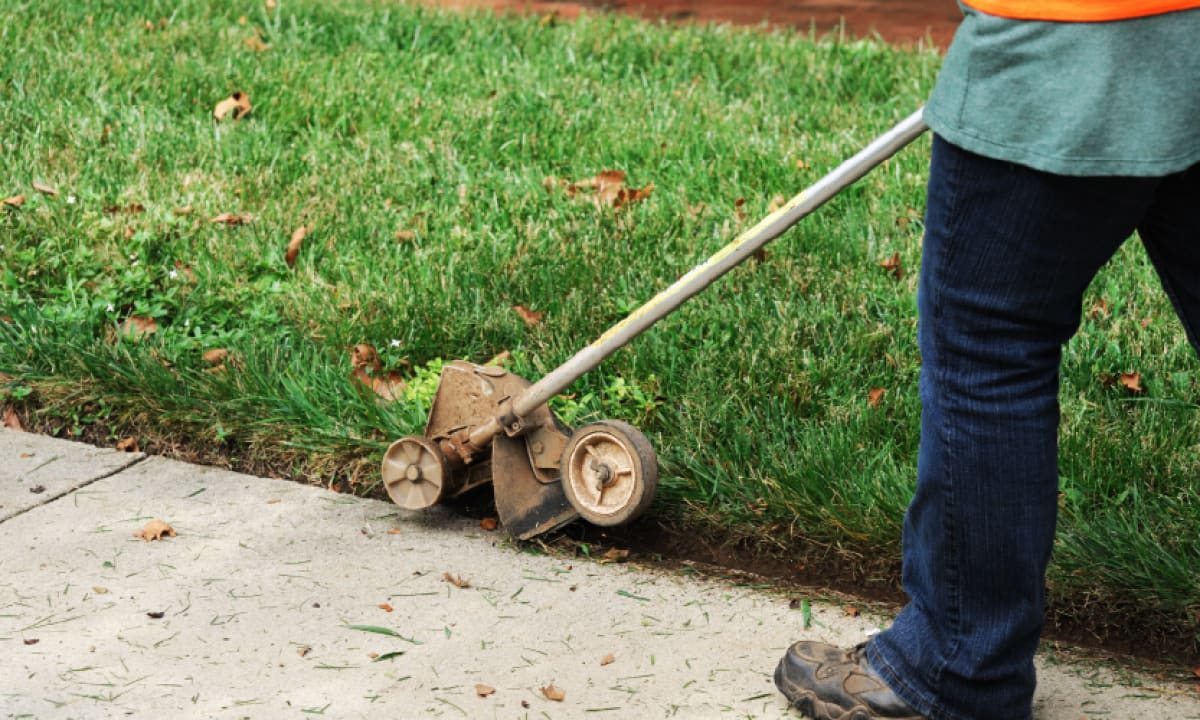


0 thoughts on “What Is The Thick-Bladed Grass In My Lawn”